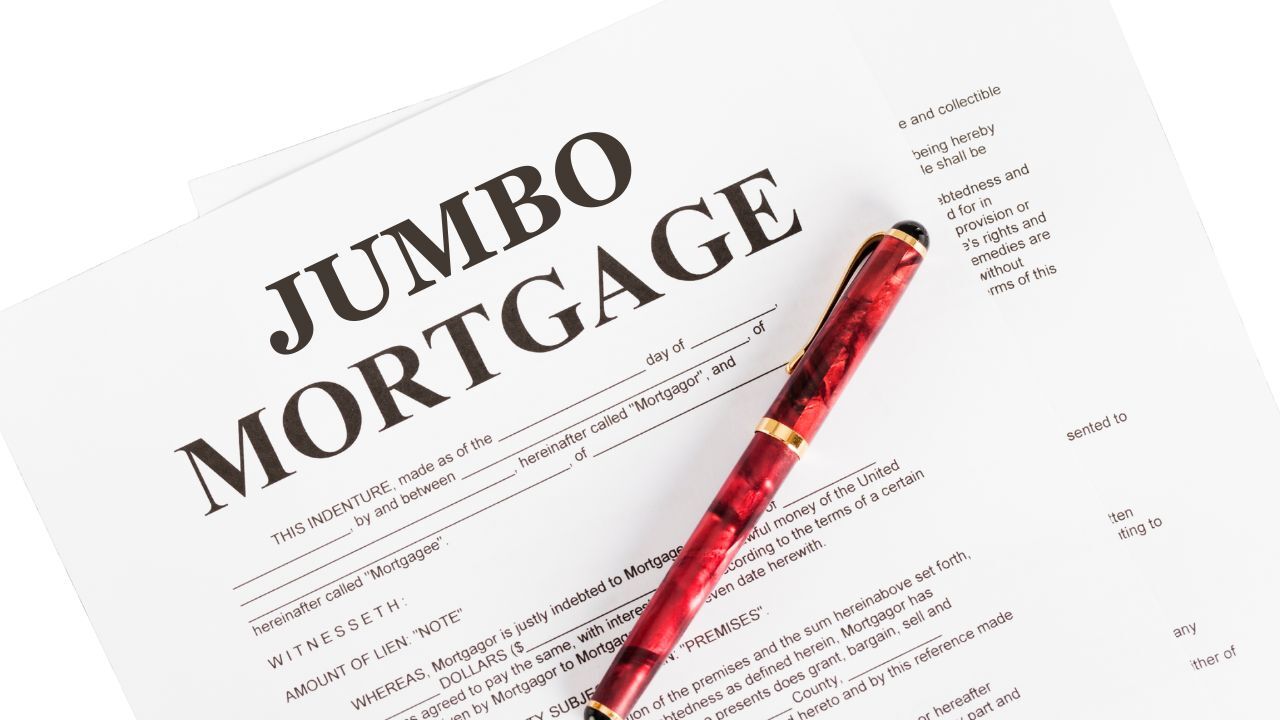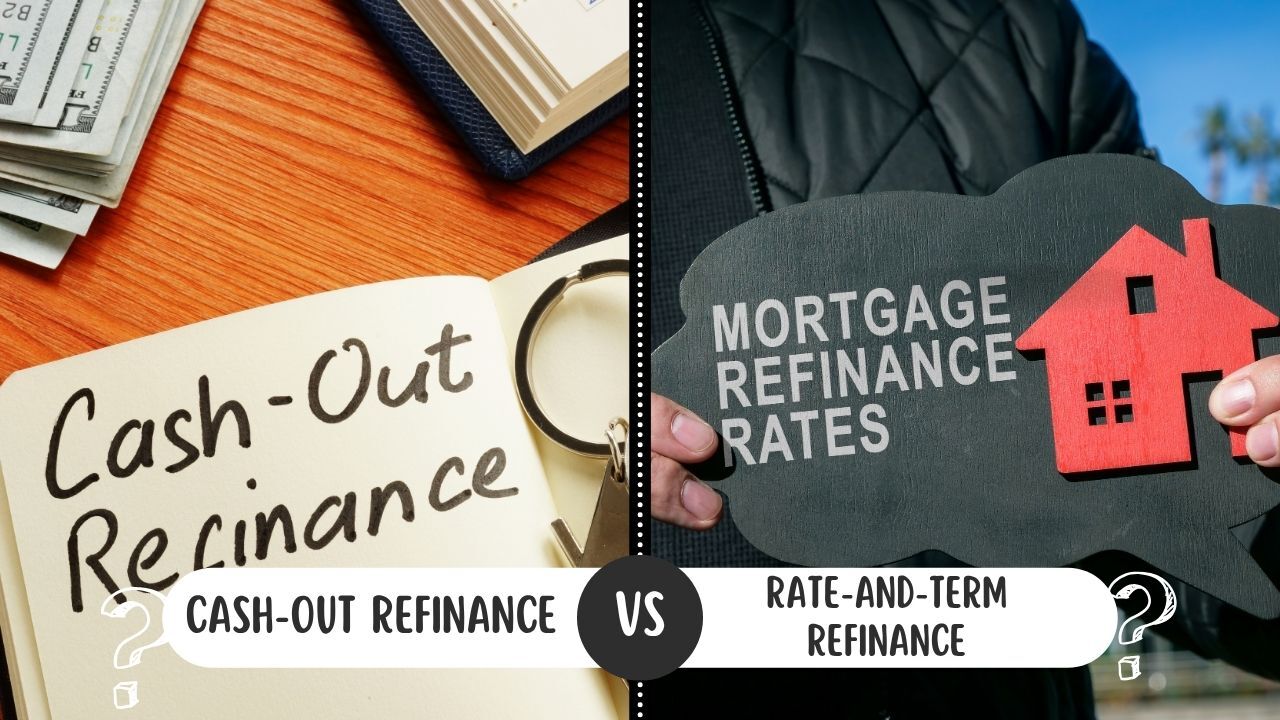What Makes Jumbo Mortgages Different and Why Refinancing Them Requires a Specialized Approach
 Not all mortgage loans are created equally, and jumbo mortgages are a clear example of that difference. These loans are designed for higher priced homes and come with unique guidelines that affect both buying and refinancing decisions. Understanding how jumbo mortgages work and why refinancing them is different can help you make smarter long-term financial choices.
Not all mortgage loans are created equally, and jumbo mortgages are a clear example of that difference. These loans are designed for higher priced homes and come with unique guidelines that affect both buying and refinancing decisions. Understanding how jumbo mortgages work and why refinancing them is different can help you make smarter long-term financial choices.
What a Jumbo Mortgage Is
A jumbo mortgage is a home loan that exceeds the conforming loan limits set for conventional financing. Because these loans fall outside standard guidelines, they are not eligible for purchase by government sponsored entities. This means lenders take on more risk, which leads to stricter qualification requirements for borrowers.
Why Jumbo Loan Requirements Are More Detailed
Jumbo loans typically require higher credit scores, stronger income documentation, and larger cash reserves. Lenders want to see that borrowers can comfortably manage higher loan balances, especially during market changes. Stable income, consistent employment history, and lower overall debt levels are especially important for approval.
How Refinancing a Jumbo Mortgage Is Different
Refinancing a jumbo mortgage involves more scrutiny than refinancing a conforming loan. Lenders often require more extensive documentation, including detailed asset verification and sometimes multiple appraisals. The process may take longer, and guidelines can vary more from lender to lender.
Equity and Appraisals Matter More
Home equity plays a significant role when refinancing a jumbo mortgage. Because loan amounts are higher, lenders are more cautious about property values. Appraisals must support the refinance amount, and market fluctuations can have a greater impact on approval than they would with smaller loans.
Interest Rates and Market Timing
Jumbo mortgage rates can behave differently than conventional rates. While they are sometimes higher due to risk, they can also be competitive depending on market conditions and borrower strength. Timing your refinance based on rate trends and personal financial goals is especially important with larger loan balances.
Why Planning Ahead Is Essential
Preparation makes a meaningful difference when refinancing a jumbo mortgage. Reviewing your credit profile, organizing financial documents, and understanding your equity position ahead of time can help streamline the process. Working with a mortgage originator who understands jumbo financing can also help you avoid delays and surprises.
Jumbo mortgages offer flexibility for higher value homes, but they require a more strategic approach, especially when refinancing. With the right planning and guidance, these loans can be an effective tool for managing long-term housing and financial goals.

 When considering refinancing your mortgage, two main options often come to the forefront: Cash-Out Refinance and Rate-and-Term Refinance. Both allow you to change the terms of your mortgage, but they serve different purposes and have distinct advantages. Understanding the differences between these two refinancing options is crucial to making an informed decision that best aligns with your financial goals.
When considering refinancing your mortgage, two main options often come to the forefront: Cash-Out Refinance and Rate-and-Term Refinance. Both allow you to change the terms of your mortgage, but they serve different purposes and have distinct advantages. Understanding the differences between these two refinancing options is crucial to making an informed decision that best aligns with your financial goals. If you have a reverse mortgage, you may be wondering whether refinancing is an option. The good news is that yes, you can refinance a reverse mortgage, and doing so may offer financial benefits depending on your situation. Here’s what you need to know about refinancing, including reasons to consider it, eligibility requirements, costs, and key factors to keep in mind.
If you have a reverse mortgage, you may be wondering whether refinancing is an option. The good news is that yes, you can refinance a reverse mortgage, and doing so may offer financial benefits depending on your situation. Here’s what you need to know about refinancing, including reasons to consider it, eligibility requirements, costs, and key factors to keep in mind.